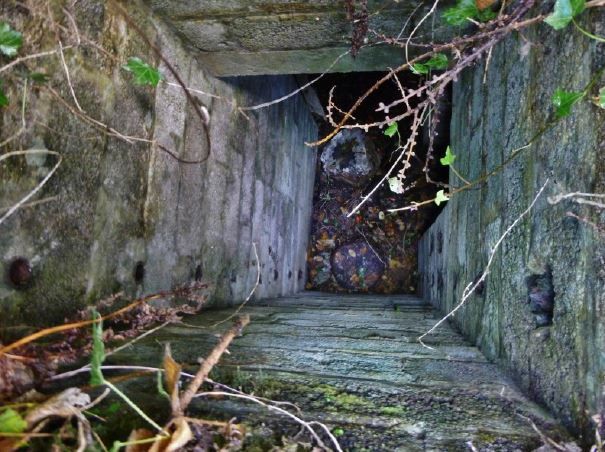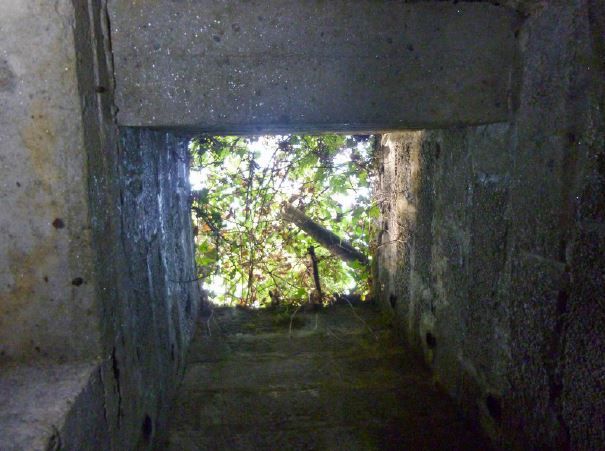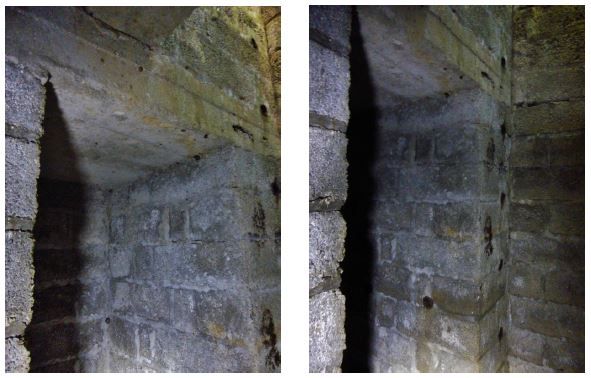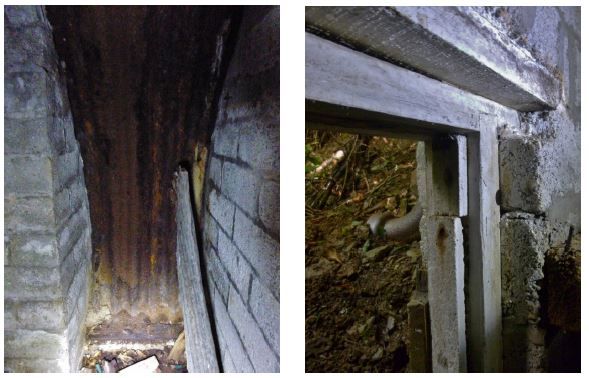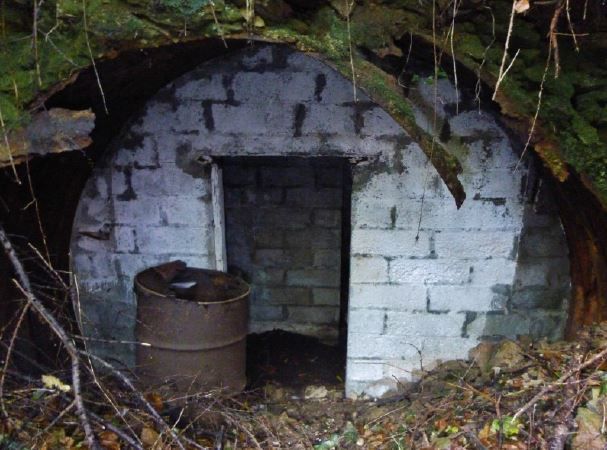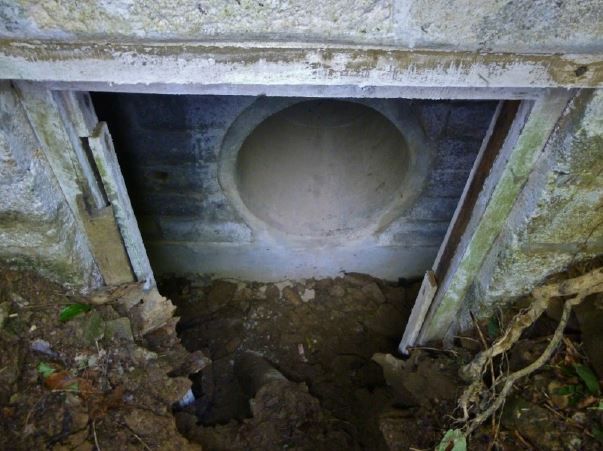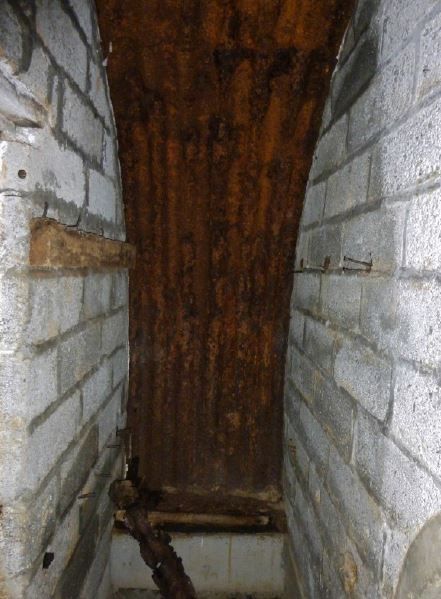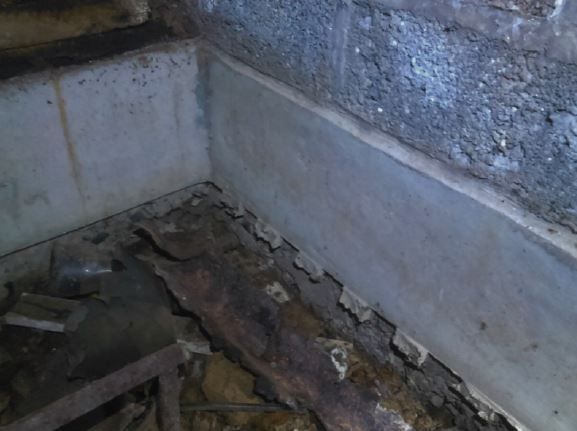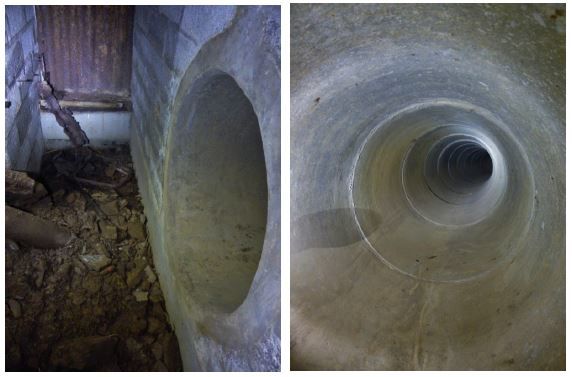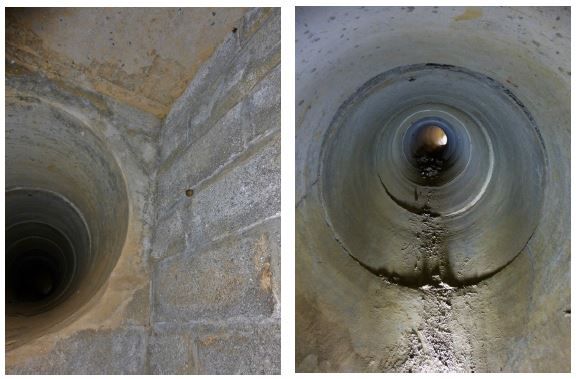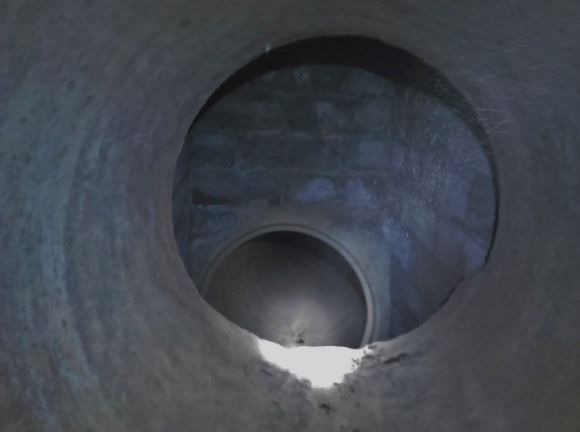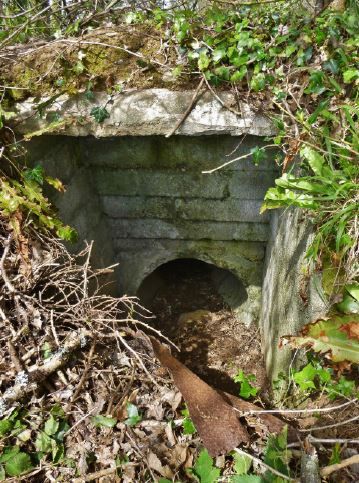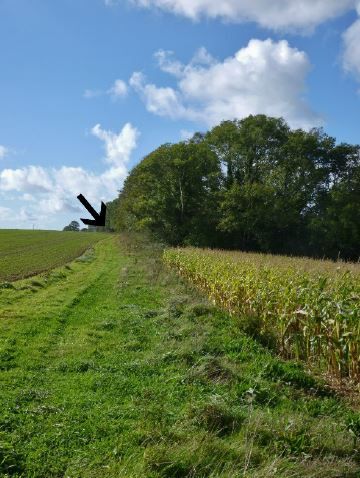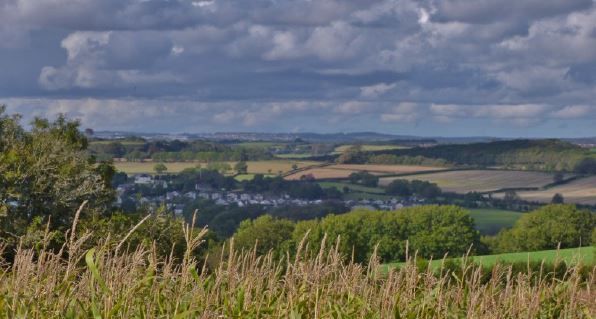Yealmpton is a village on the A379, 8 miles east from Plymouth. Yealmpton, Brixton and Plymstock are parishes to the south east of the City of Plymouth in South Devon.
| Name | Occupation | Posted from | Until |
|---|---|---|---|
| Sergeant Howard Newnham | Architect and surveyor |
30 Jul 1940 | 03 Dec 1944 |
| Corporal George Charles Farley | 31 Oct 1942 | 03 Dec 1944 | |
| Private Frederick James Cross | Tractor owner |
01 Dec 1942 | 03 Dec 1944 |
| Private George Frederick Davy | Solicitor's clerk |
23 Oct 1944 | 03 Dec 1944 |
| Private John William Crossing Hallett | Farmer |
30 May 1940 | 03 Dec 1944 |
| Private Irwin James Hannaford | Farmer |
20 Jun 1941 | 03 Dec 1944 |
| Private Vivian Arthur Gatward Harbut | Farmer |
27 Mar 1941 | 03 Dec 1944 |
| Private Leslie George Kennard | Blacksmith |
11 Aug 1940 | 03 Dec 1944 |
| Private Edward Francis Lavers | Horseman |
10 Dec 1942 | 03 Dec 1944 |
| Private Richard Francis Snawdon | Saw mill and timber merchant. |
29 May 1943 | 03 Dec 1944 |
| Private Samuel Edred Snawdon | Saw mill and timber merchant |
28 Feb 1942 | 20 Jun 1944 |
The OB is located on the edge of a wood to the south east of Yealmpton. It is on PRIVATE LAND and was accessed by the kind permission of the land owner.
The block built entry shaft is 30 feet from the edge of the bank and ditch bordering the wood. The shaft is 30 inches by 40 inches and eight 2 inch galvanised pipe rungs lead down 8 foot 8 inches to a small corridor.
To the right is a small chamber 32 inches square which had a 2 inch pipe running in to it at 28 inches from the ground. This could have been used as the toilet area or housed the water tank. Both the corridor and side chamber have concrete roofs 6 foot 4 inches high.
The corridor leads into a narrow chamber 31 inches wide constructed of block and corrugated Nissen hut structure. Wooden door lining and lintels remain in a doorway, off set from the entrance shaft and corridor, leading into the now collapsed main chamber.
The main chamber measured 16 foot by 12 foot approximately. It is now collapsed and many of the ventilation pipes are lying around, some still in situ in the ground.
Walking through the main chamber leads to another doorway through to a second narrow chamber like the other side.
By the floor it can be seen where the wooden joists for a raised wooden floor were put in place before the concrete was poured on top. As the wood has rotted this has left the castellated shape of the concrete.
At floor level the escape tunnel leaves the OB. Made from 30 inch concrete pipes the first section curves around to the south and is 54 foot 6 inches long.
This first section ends in a small concrete roofed chamber which is 3 foot by 3 foot and 5 foot 7 inches in height. Just below roof height is a cut block in the wall. This creates a small shelf which would have been an ideal place to leave an explosive devise for use by the last man escaping so preventing any pursuit.
In this chamber the escape tunnel changes levels. It enters the chamber at floor level then exits opposite 2 foot 8 inches higher.
This second section of escape tunnel continues curving on for 36 foot 3 inches before ending in a small boxed area within the hedge line surrounding the wood. This makes the total escape route 94 foot long.
The escape tunnel ends in a block built box 3 foot by 3 foot 8 inches with a stepped block roof. Built into the bank surrounding the wood it emerges in an open field.
The only chance for escape would have been to have followed the bank and ditch enclosing the wood until around the corner of the wood. The length of the escape tunnel and the fact it curves around close to 150 degrees would place any escaping Auxiliers well away from obvious search areas.
It is currently unknown if there was an Observation Post but the far south west point of the wood gives a fine view over the village of Yealmpton and towards Plymouth beyond.
This video was recorded without CART's input.
Yealmpton Patrol
Targets would include the A379 out of Plymouth towards Kingsbridge along with Laira road and rail bridges.
The Patrol could also have had targets within the City of Plymouth.
They trained with Plympton, Tamerton Foliot (now both suburbs of Plymouth) and Yelverton and Holbeton Patrols. Firstly under the Command of Captain William Falcon (of Cornwood Patrol) who was based at “Slade” in Cornwood, then when Captain Cyril Wellington (Plympton) became Group Commander these local Patrols would have trained with him.
This group also trained at the rifle range at Cleeve, just below Ivybridge.
It is known that the Patrol trained regularly with the Plympton Patrol under Captain Wellington.
On 21st February 1942 the Patrol took part in a large scale exercise named Operation Drake in Plymouth. This exercise involved a mock invasion of Plymouth and lasted for two days. All the services were involved and it virtually closed the city.
On 28th March 1942 Wellington records that Plympton Patrol (along with other unnamed Patrols, though it is assumed it would have been all of group 2) took part in a practice raid a bit further afield into Cornwall. The target was the home of Cornwall's Intelligence Officer Captain Dingley. It is not known if he knew this was going to happen or if it was Devon's IO having a joke with Cornwall's IO !
It is assumed they were issued with the standard kit, arms and explosives.
A decision has been made to call this Yealmpton Patrol though this is not known for sure. It has proved difficult to group the Auxiliers into a single Patrol as the men's addresses cover quite a wide area and there is a frequent turnover of members in 1942 / 3.
The only Sergeant that can be linked with this Patrol lived quite a distance from the OB but he may have needed to move due to the Blitz of Plymouth and heavy bombing in the local area.
These men are Auxiliers but grouping them together in one Patrol is an assumption at present. Please contact us if you can help.
TNA ref WO199/3391
Hancock data held at B. R. A.
1939 Register
The Hon George Lopes.
Noel Thornton, Mike Barber and Tony Brand
Chris
